How to use both organic marketing and paid marketing to benefit your business
What is organic marketing and is it hard to successfully utilize?
Is paid marketing worth the money?
How can I use both organic and paid marketing to benefit my business?
Understanding organic marketing and paid marketing could make the difference between the success of your business or the lack of success. So, if you’re trying to figure out which one to utilize, you should probably do a bit of both.
Conveniently, both organic and paid marketing can be combined to benefit your business. However, you have to understand the purpose of each marketing strategy and examples of how both are used in marketing that are accessible, easy to apply, and convenient to you and your target audience.

Organic marketing — not difficult to successfully utilize
Organic marketing is the act of getting your customers to come to you naturally over time.
CON: It takes considerable effort to create high-performing content and build consumer trust, which means it takes more time to see results, especially when compared to paid marketing efforts.
Examples of organic marketing include, but are not limited to:
Revising and reinventing your user interface
Maintaining your social media accounts
Building your email lists
Improving your SEO
Creating “evergreen” content
As you can see by the examples above, organic marketing tactics are natural, authentic, and value-based. The benefits that businesses reap from these tactics are cultivated over longer periods of time, ultimately helping you build a brand that customers want to visit regularly. And although you’re doing less “pushing” with organic marketing, when done right you can still generate a steady stream of loyal traffic.
With organic marketing, actions are much more intentional and typically focused on things like:
Educating customers
Optimizing blog content and pages for SEO (Which can boost traffic by 571 percent when done right!)
Moving the needle on high-level company goals
Driving authority in your niche or industry
Using targeted inbound/outbound linking strategies
Building a long-lasting brand
Organic marketing is a long process, no doubt, but it will ultimately yield more authentic customer engagement and more accurate SEO. This is because ground-up marketing simply works.
Paid marketing could be worth the money
As paid marketing would suggest by its name alone, you’re spending money on ads to drive specific actions. Each paid ad will likely point to a product page, a specific landing page, or something that has the potential to drive financial results.
CON: Consumers may be quick to ignore paid marketing efforts because they feel as if the content is forced on them.
Some examples of paid marketing are the following:
Pay-Per-Click (PPC) marketing puts the power of precise keywords to work for you by giving you targeted traffic from keywords you choose – and it does so as soon as your campaign starts. — Ballantine
Social Media Ads such as posting an ad on Facebook or Instagram.
Influencer Marketing where a business collaborates with an influential individual (someone with a lot of followers/reach) to promote their business/product.
Paid marketing allows businesses to target, reach, engage, and convert their audiences quickly and directly. Instead of waiting — or hoping — for someone to find your blog post in organic search or on social, paid marketing has you “pushing” content – mainly in the form of ads – directly to your target audience. As such, it’s much more sales-forward and focused on driving specific actions, like making a purchase or attending a webinar.
How to use both organic and paid marketing to benefit your business
The foundation of the majority of integrated social media strategies is using organic to serve and delight your existing customers, while attracting new eyes with paid ads.
Organic is most effective in creating long-term results and brand building; paid marketing is most effective in driving quick results or a hard sell. Both have their benefits — why not take advantage and experience the best of both worlds?
Keep in mind the following 5 points to successfully utilize both organic and paid marketing strategies:
Not all promotional posts need to be paid. Only pay for ads when they can actually help you hit your KPIs and ultimately reach your business goals.
Boost your best organic content. Identify content that has really resonated with your audience, and pay to show it to new eyes.
Optimize all your posts using A/B testing. Before you allocate your entire social media budget to an ad, run versions of it by a smaller audience to see if it’s any good.
Target your ads to people similar to your organic audience. When you grow your social presence organically, you inevitably collect more data about your ideal customer or audience that you can use to attract more of that ideal customer.
Use retargeting ads to stay connected to your organic audience. Retargeting campaigns can be highly effective at a relatively low cost, because you’re reaching out to people who already know your business.
Summarizing the benefits of both organic and paid marketing...
Benefits of organic marketing: The top advantage of the organic approach is that brands can share information at essentially no cost. plus, it often feels more authentic to audiences because rather than being a sales pitch, the content is educational, relevant, and helpful for viewers. this is the reason why 51 percent of today’s website traffic comes from organic search and over 40 percent of revenue is the result of organic traffic, according to a recent report from BrightEdge.
Benefits of paid marketing: Paid marketing allows brands to reach audiences more directly than organic marketing. Rather than waiting for viewers to come across a blog post, marketers can place ads exactly where their audience is already looking.
Be sure to check out the links below for more information on some topics we discussed in this article!


